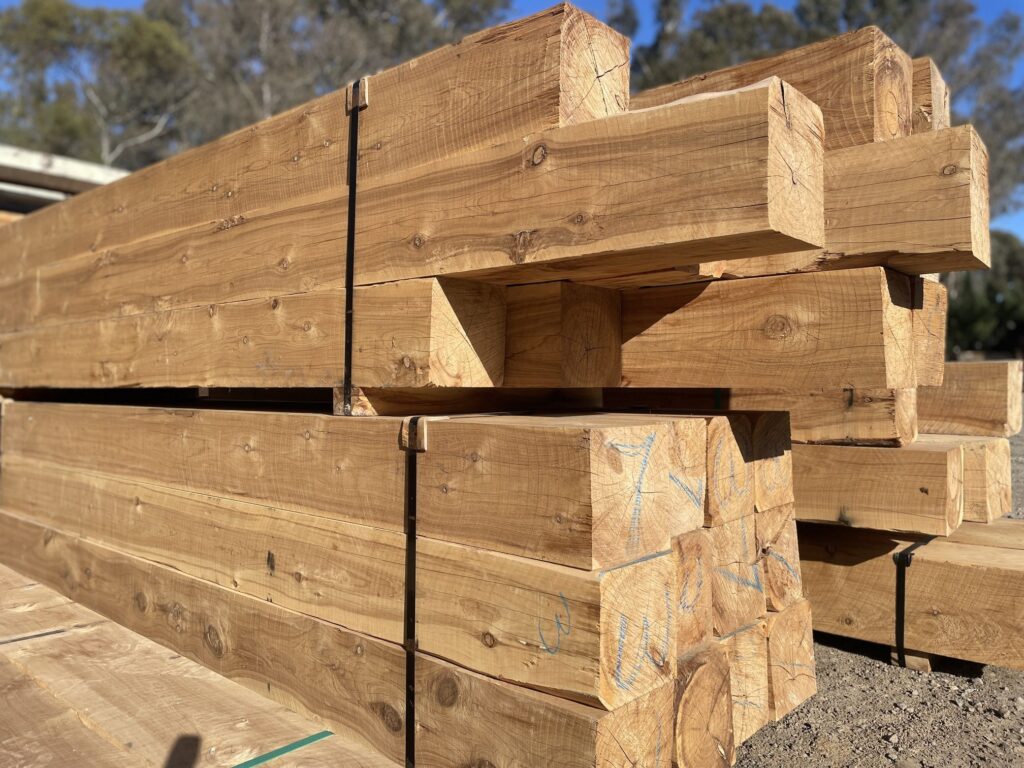Rough Sawn Timber: A Comprehensive Guide.
Rough sawn timber is a versatile and widely used material in construction, furniture making, and various other industries. Its natural, unfinished appearance and durability make it a popular choice for both structural and aesthetic purposes. This article will delve into the world of rough sawn timber, exploring its characteristics, uses, benefits, and much more. We’ll also address common questions in the FAQs section and provide visual aids to enhance your understanding.
Table of Contents
- What is Rough Sawn Timber?
- Characteristics of Rough Sawn Timber
- Types of Rough Sawn Timber
- Uses of Rough Sawn Timber
- Benefits of Using Rough Sawn Timber
- How Rough Sawn Timber is Produced
- Differences Between Rough Sawn and Planed Timber
- Sustainability and Environmental Impact
- How to Choose the Right Rough Sawn Timber
- Maintenance and Care for Rough Sawn Timber
- Common Projects Using Rough Sawn Timber
- FAQs
- Conclusion
1. What is Rough Sawn Timber?
Rough sawn timber refers to wood that has been cut from a log using a saw but has not been planed or smoothed. It retains the natural texture and irregularities of the wood, giving it a rustic and raw appearance. This type of timber is often used in construction, carpentry, and DIY projects where a natural look is desired.
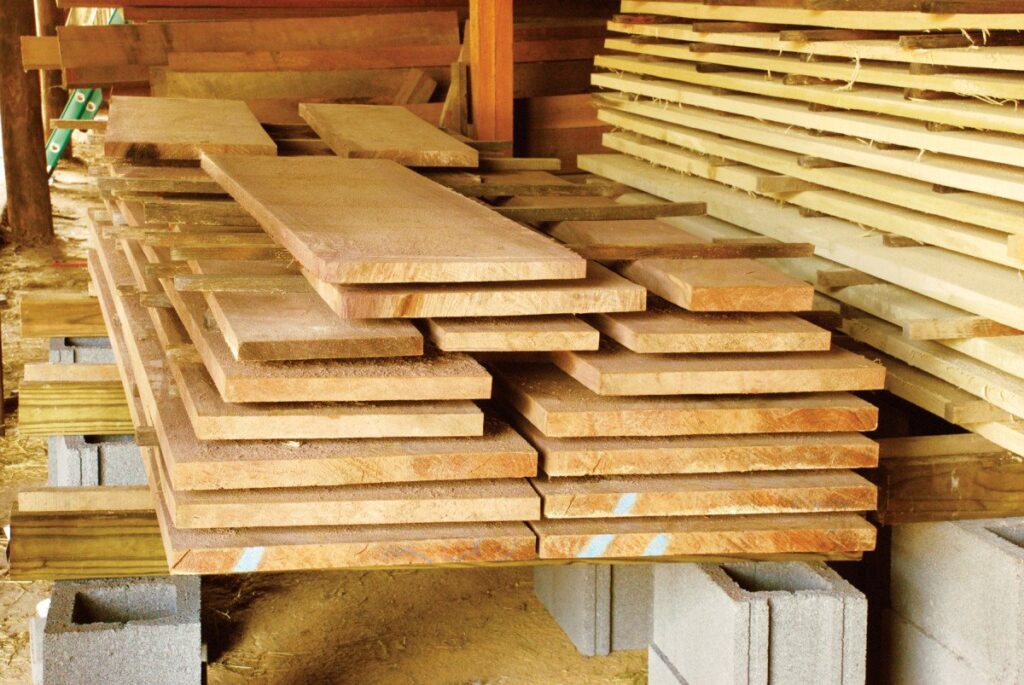
2. Characteristics of Rough Sawn Timber
- Texture: Rough sawn timber has a coarse, uneven surface due to the sawing process.
- Appearance: It retains the natural grain patterns, knots, and imperfections of the wood.
- Strength: It is strong and durable, making it suitable for structural applications.
- Versatility: Can be used in a variety of projects, from framing to decorative elements.
3. Types of Rough Sawn Timber
Rough sawn timber can be made from various types of wood, each with its unique properties:
- Softwoods: Pine, cedar, and spruce are commonly used for structural purposes.
- Hardwoods: Oak, maple, and walnut are preferred for furniture and decorative projects.
- Treated Timber: Treated with preservatives to enhance durability and resistance to pests.
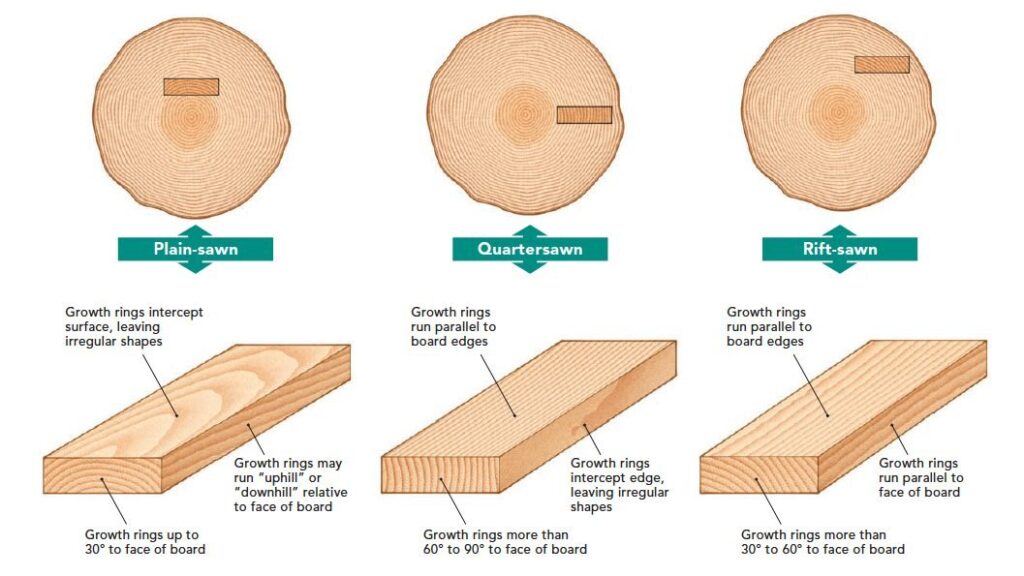
4. Uses of Rough Sawn Timber
Rough sawn timber is incredibly versatile and can be used in a wide range of applications:
- Construction: Framing, roofing, and flooring.
- Furniture: Tables, chairs, and cabinets.
- Decorative Elements: Beams, cladding, and paneling.
- Landscaping: Fences, decking, and garden structures.
5. Benefits of Using Rough Sawn Timber
- Cost-Effective: Less processing means lower costs.
- Natural Aesthetic: Adds a rustic charm to any project.
- Durability: Strong and long-lasting.
- Eco-Friendly: Often sourced from sustainable forests.
6. How Rough Sawn Timber is Produced
The production process involves cutting logs into planks using a sawmill. The timber is then dried to reduce moisture content, ensuring stability and preventing warping.
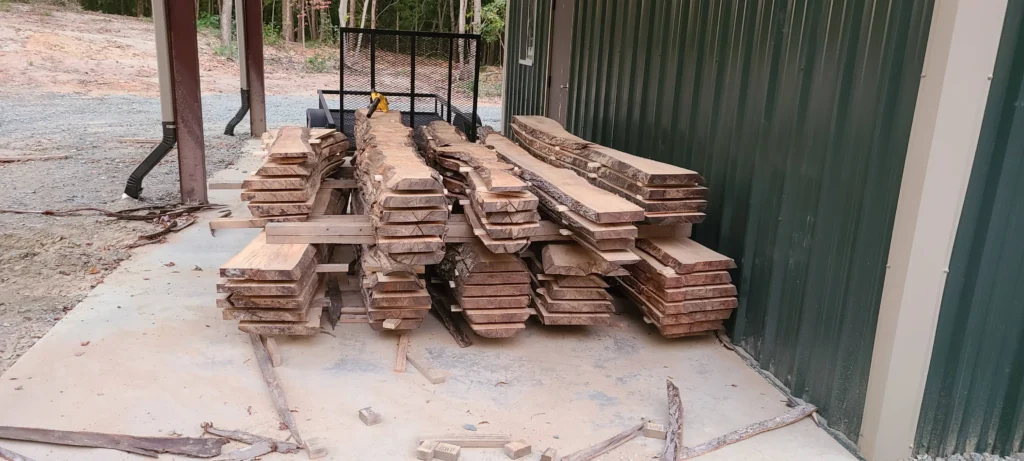
7. Differences Between Rough Sawn and Planed Timber
- Surface Finish: Rough sawn timber has a coarse surface, while planed timber is smooth.
- Cost: Rough sawn timber is generally cheaper due to less processing.
- Uses: Rough sawn is often used for structural purposes, while planed timber is preferred for visible surfaces.
8. Sustainability and Environmental Impact
Rough sawn timber is often sourced from sustainably managed forests, making it an environmentally friendly choice. Look for certifications like FSC (Forest Stewardship Council) to ensure responsible sourcing.
9. How to Choose the Right Rough Sawn Timber
Consider the following factors when selecting rough sawn timber:
- Type of Wood: Choose based on the project requirements.
- Grade: Higher grades have fewer imperfections.
- Moisture Content: Ensure it is properly dried to prevent warping.
10. Maintenance and Care for Rough Sawn Timber
- Sealing: Apply a sealant to protect against moisture and pests.
- Cleaning: Regularly clean to remove dirt and debris.
- Inspecting: Check for signs of damage or wear.
11. Common Projects Using Rough Sawn Timber
- DIY Furniture: Create rustic tables, benches, and shelves.
- Home Construction: Use for framing, flooring, and roofing.
- Garden Projects: Build fences, raised beds, and pergolas.
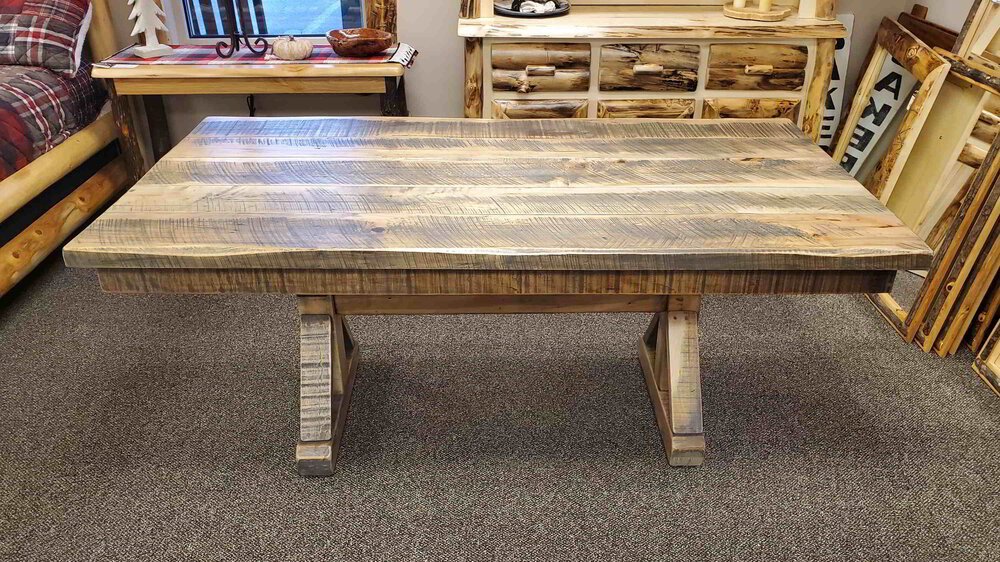
12. FAQs
Q1: Is rough sawn timber suitable for outdoor use?
A: Yes, especially if treated or sealed to protect against the elements.
Q2: Can rough sawn timber be painted or stained?
A: Absolutely, though it may require additional preparation due to its rough surface.
Q3: How do I prevent rough sawn timber from warping?
A: Ensure it is properly dried and stored in a stable environment.
Q4: What tools are needed to work with rough sawn timber?
A: Basic woodworking tools like saws, drills, and sanders are essential.
Q5: Is rough sawn timber more affordable than planed timber?
A: Yes, due to less processing, it is generally more cost-effective.
13. Conclusion
Rough sawn timber is a versatile, durable, and cost-effective material that can be used in a wide range of projects. Its natural aesthetic and strength make it a popular choice for both structural and decorative purposes. By understanding its characteristics, uses, and maintenance requirements, you can make the most of this valuable resource in your next project.
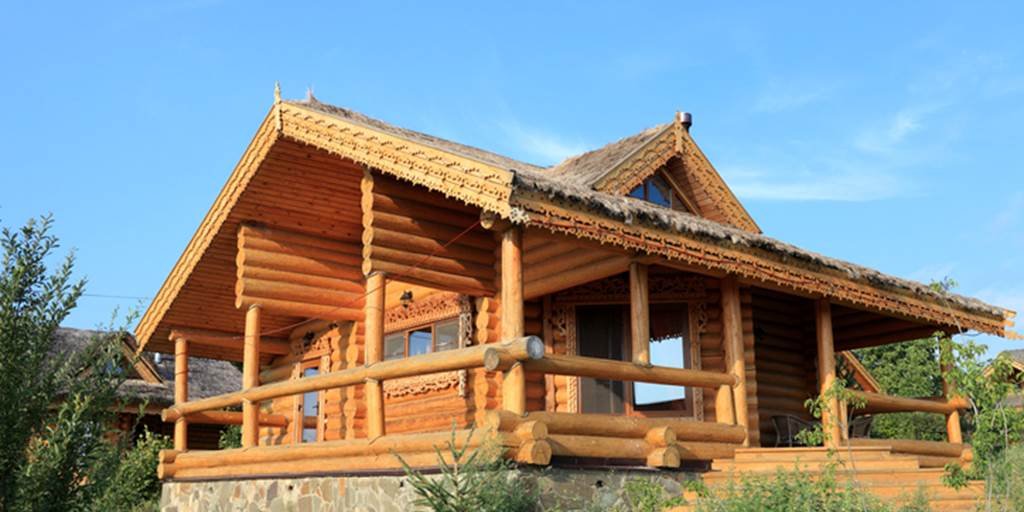
This article provides a comprehensive overview of rough sawn timber, from its production to its applications. Whether you’re a DIY enthusiast or a professional builder, understanding the ins and outs of this material will help you make informed decisions and achieve stunning results.
